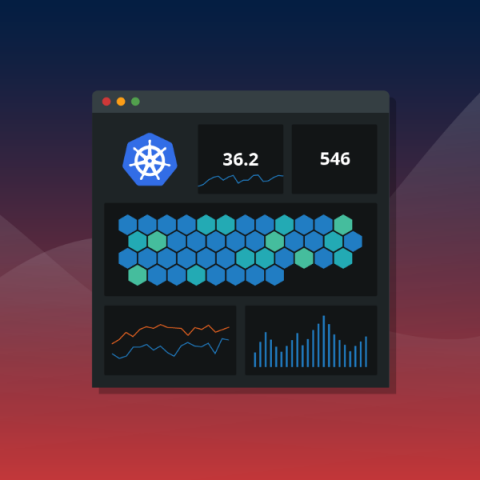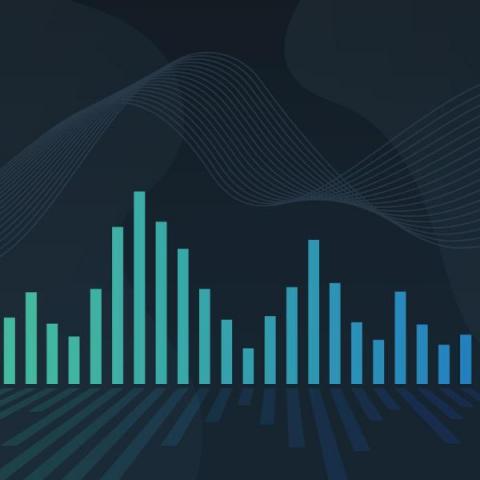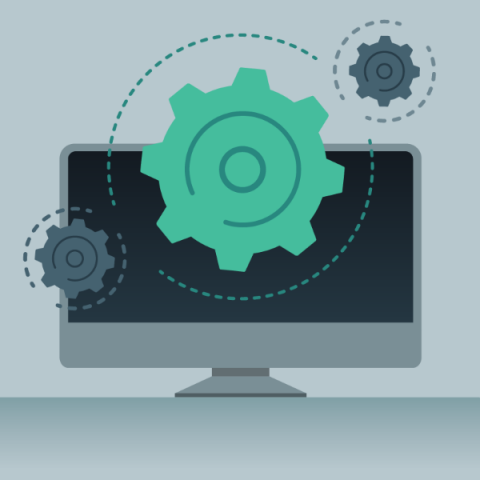How Major League Baseball Scales Kubernetes Monitoring
Millions of global baseball fans tuned into the World Series last week, and we at Circonus were proud to help our customer, Major League Baseball, ensure they provided those fans with seamless viewing experiences. To celebrate our partnership, we’re rolling the replay on how MLB overcame Kubernetes observability challenges with Circonus as the league quickly scaled its Kubernetes deployment.











